Dust and stains on Optics can cause scattering, and impurities on the optic surface can react with incident laser light to damage optical coatings. With proper handling and cleaning of your optics, you can prevent damage, ensure their continued performance and extend the usable lifetime of your optics.
If it's not dirty, don't clean it! Handling optics increases their chances of getting dirty or damaged, so you should clean optics only when necessary.
You should handle optics in a clean, low-dust, temperature-controlled environment while wearing powder-free acetone-impenetrable Gloves or Finger Cots. Did you know that human sweat is one of the most corrosive liquids that exists? Oil and debris from your hands or from used Lens Tissue can stain or damage optical coatings, so you should never touch any transmissive or reflective surface of your optic. Never re-use a lens tissue. Remember that lens tissues are inexpensive compared to the price of an optic.
When optics are removed from their mailing or transport boxes, remember that they are very fragile. In a clean, temperature-controlled area, carefully open the box, making sure not to damage the contents. Using gloves or finger cots, remove each optic and place onto a clean lens tissue or into an optical storage container. For very small or delicate optics, tweezers or suction tools may be useful for ease of handling. Never use metal tools to handle optics. No matter the holding method used, it’s best to hold the optic along its non-optical surface, like the ground edges. Please note that most crystals are sensitive to temperature and can crack, so always let the package reach thermal equilibrium before handling. Certain optical surfaces, including holographic and ruled gratings, first surface unprotected metallic mirrors and pellicle beamsplitters are so sensitive that any physical contact from hands or optical handling instruments can cause damage to them.
Inspect an optic for dust and stains by holding it near a bright visible-light source. Viewing the optic at different angles allows you to see scattering from dust and stains.
Dusting is always the first step in cleaning your optics. Wiping a dusty optic is like cleaning it with sandpaper. So always dust with a canned air duster, compressed and filtered air, or nitrogen before wiping any optic. If the dusted optic has no visible stains after you dust it, then remember: “If it's not dirty, don't clean it.” If it's still not clean, proper use of solvents and lens tissue can often do the trick.
 Over 8,000 products in-stock! & FREE 2-Day shipping on all web orders!* Learn More FREE T-Shirt with orders $250+ Details
Over 8,000 products in-stock! & FREE 2-Day shipping on all web orders!* Learn More FREE T-Shirt with orders $250+ Details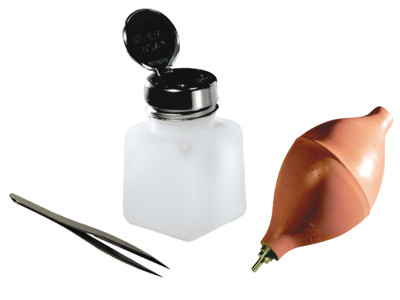
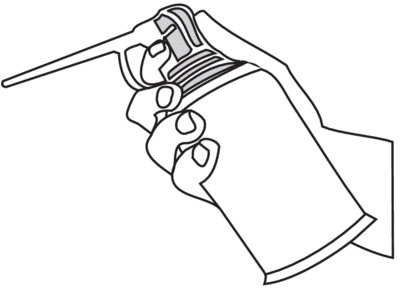
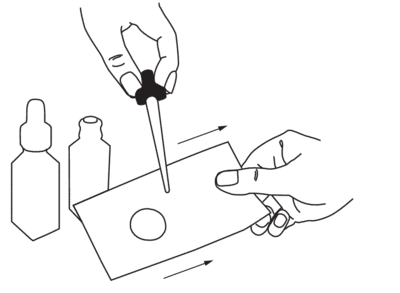
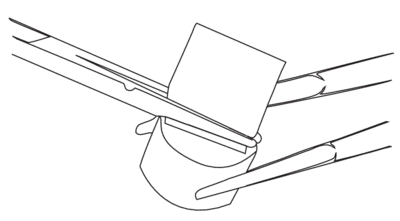
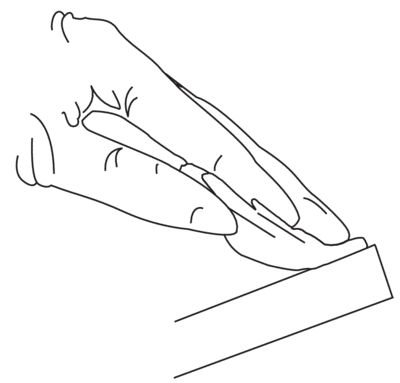
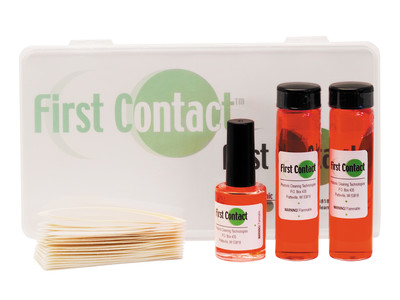
 Ultra-High Velocity
Ultra-High Velocity